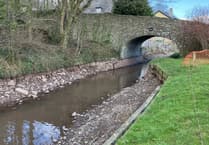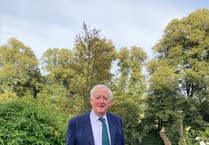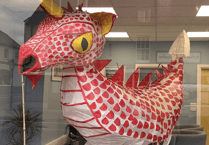Have you ever wondered who you share the Brecon Beacons (Bannau Brycheiniog) with?
We found out about five animals that call Bannau Brycheiniog home and how they help shape the landscape into an enchanted ecosystem of diversity and excitement.
Otters
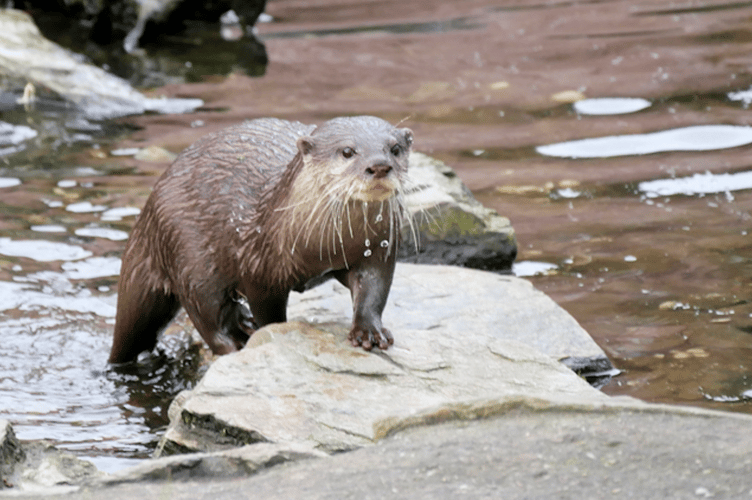
Shy, timid and a lover of blue light, the otter is a friend of Bannau Brycheiniog waterways, most commonly seen at dusk and dawn. The otters can be seen in most of the waterways in Bannau Brycheiniog National Park. They like to leave small reminders of their presence in the form of faeces that famously smell like jasmine tea or fresh hay… unlike humans.
Look out for their adorable footprints, distinctive for their chunky size and five small toes. Both otters and their holts are protected under UK and European laws, so be sure to leave them plenty of space, which shouldn’t be too hard in a place like Bannau Brycheiniog.
The great crested newts
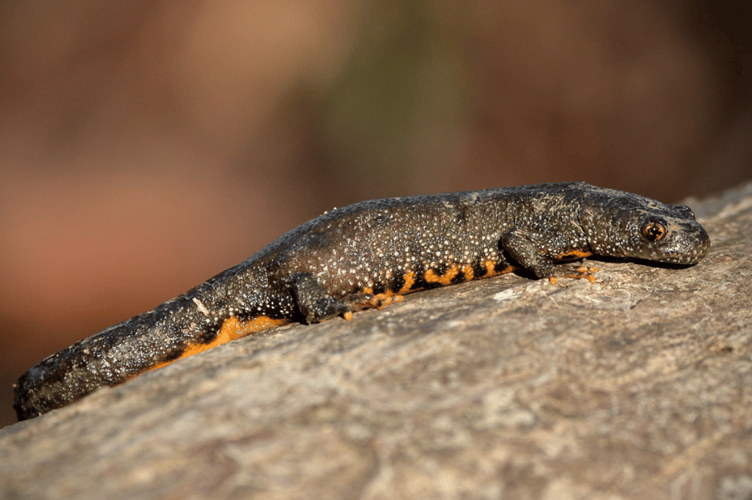
The great crested newts are the largest of the newt species, which are native to the UK. A fascinating creature with unmistakable characteristics, the great crested newts are around 17cm they are brown or black with bright yellow and orange streaked across their belly. They appear to be miniature dragons, fitting right into the Welsh scenery. The males have long jagged crests running along their bodies.
The great crested newts love the ponds in Bannau Brycheiniog, using them for refuge when hatching eggs, they are especially fond of places where there are clusters of ponds. Routes that connect these ponds such as hedgerows can be very important, as are winter hibernation sites in log piles, stone walls and woodlands.
Marsh fritillary butterflies
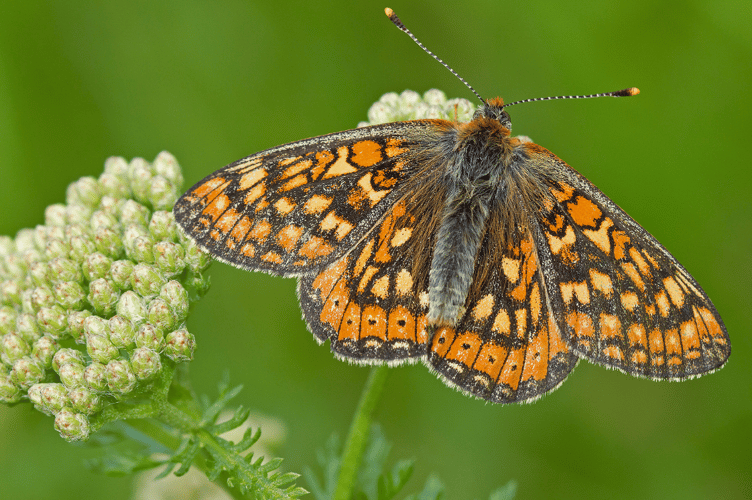
The largest metapopulation of Marsh fritillary butterflies is on the south of Bannau Brycheiniog. The Bannau Brycheiniog provides the perfect conditions for the delicate species to survive.
Unfortunately, the species have declined severely over the past 20 years, so the Beacons are playing a key role in their survival. The Marsh Fritillary butterfly requires areas of tussocky damp grassland which includes Devil’s Bit Scabious; the foodplant required by its caterpillars.
Lesser horseshoe bat
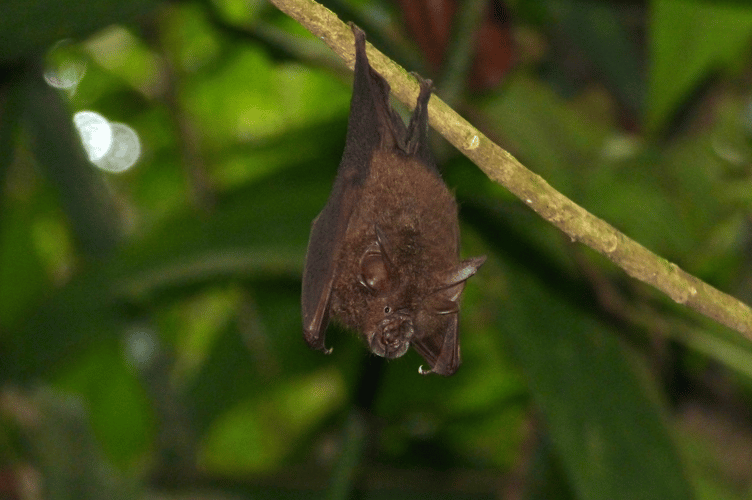
The UK is home to 18 different species of bat and several of those live in the National Park. One of the UK’s largest populations of the rare, lesser horseshoe bat is found in the Usk Valley. It’s no surprise the bats prefer to come out at dark, but if you’re lucky you might spot them as day makes the transition into night. the lesser horseshoe bat is one of the smallest bats in the UK. Bannau Brycheiniog is perfect for the lesser horseshoe bats as they prefer sheltered valleys with extensive deciduous woods or dense scrub close to roost sites.
Brecon buff goose
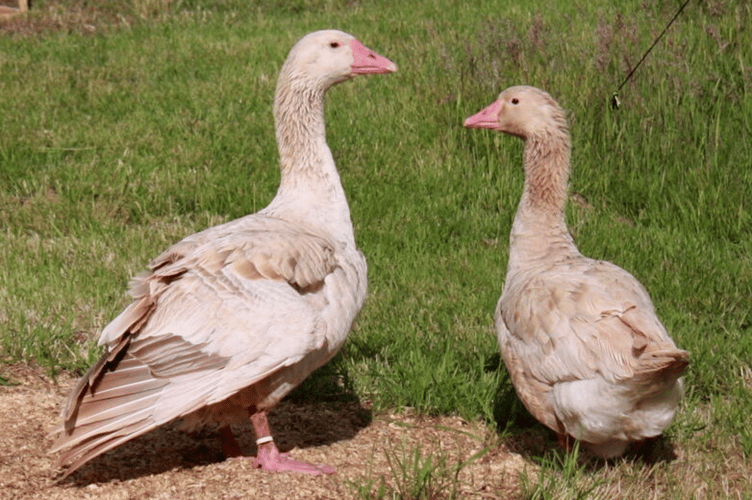
If you think this goose is cute, you’re in luck, it’s a native domesticated breed. The Brecon buff was the first domestic UK native goose breed to be standardised. Rhys Llewelyn, of Swansea, noticed the buff-coloured geese on the farms of the Bannau Brycheiniogs in the late 1920s, he used them to breed with an Embden gander and by 1934 the Brecon Buff was recognised.
